One of my favourite bird photography trips is to cruise out east of Calgary, just beyond the city limits, and work my way up and down the back roads of the prairie and see what birds are out there.

American Avocet – after heavy rains, the roadside slough has spilled over the road allowing some close-up shots.
Cars make excellent blinds and many birds will let you drive up quite close, but the second you step out of your car to try and get a closer shot – off they go!
So tip #1 is: stay in your vehicle, at least until you are happy with the shots you have.
When looking for birds, I spend most of my time looking alternately 50-100 meters ahead focusing mainly on fence posts (as they tend to be popular perches for a lot birds, but especially raptors) and scanning side to side looking for shapes that look out of place that might just be a bird. The further away you spot something, the more time you have to slow down safely & approach cautiously. Some birds (mainly raptors) can be very skittish so the sooner you spot them the better. But always, always, be checking your rear mirror for other road traffic .
So tip#2 is: try to see the birds early, and always be mindful of other drivers.
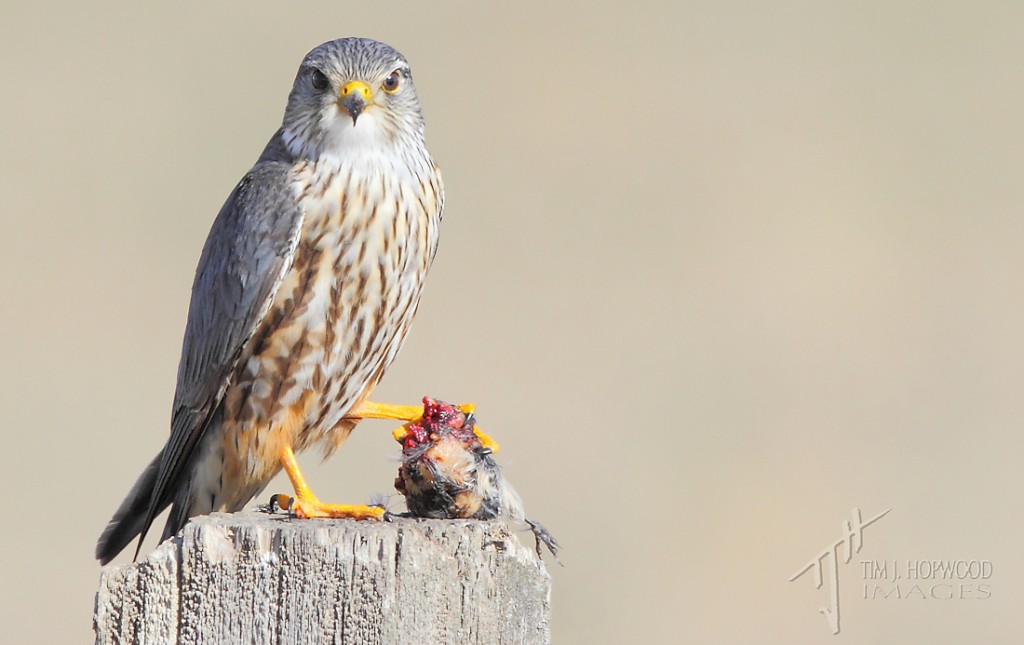
Merlin with prey – I saw this bird from quite a distance and approached very slowly knowing their skittishness.
One of the great things about prairie photography is the flat & fairly tree-less landscapes. For the photographer this means the background is far away which makes for visually-pleasing out-of-focus backgrounds that help draw the viewer’s attention to the subject.
Depending on the time of year, you can get lovely browns, lush greens and even golden yellows from flowering canola fields.
So tip#3 is: use the flat landscaped to your advantage and try to angle your shot to remove distracting elements. This may be as simple as moving your vehicle forward or backward a meter or less.

Marbled Godwit – these guys have a habit of stretching their wings when they land, so be ready for it!
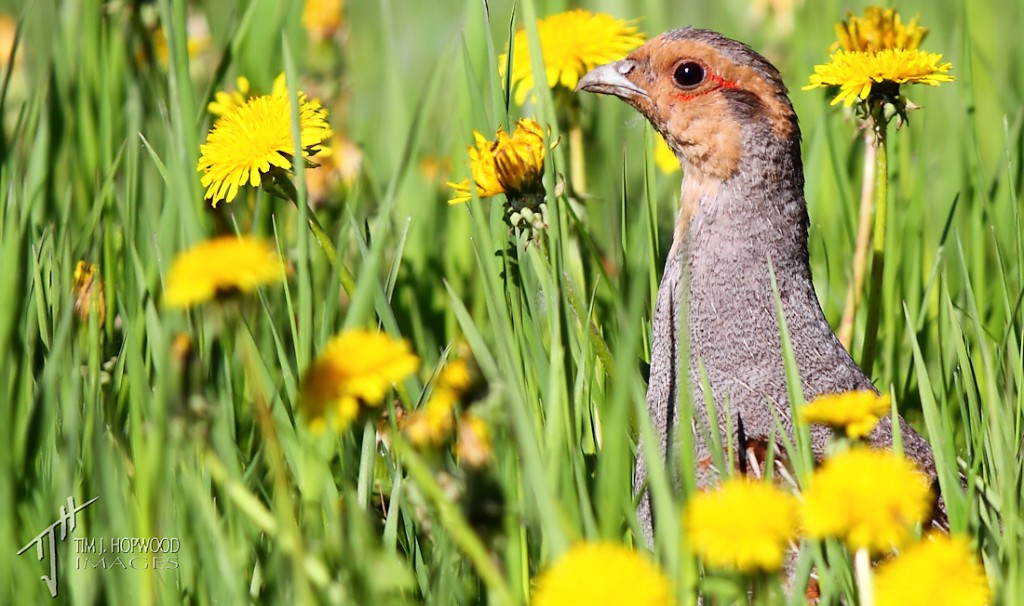
Gray Partridge – this guy’s choice of hiding spot amongst the dandelions made for a very pleasing image.
Finally, photography is fundamentally about light & personally I find the best light to be early morning or late afternoon when the sun is still low and therefore, assuming the sun is behind you, is not casting shadows. Key to this is having the sun directly behind you, or as close to as possible. On sunny morning drives, with the sun rising in the east, that means on the east side of the road you will be looking into the sun and the birds will be in complete shadow and it will be very difficult to get a good shot without flash (which is a whole art in itself!). However, the trade-off is you will get fantastically-lit photos on the west side of the road. The beauty of Alberta backroads is that they run north-south and east-west, so that means you are going to get some great shooting light in the morning or evening.
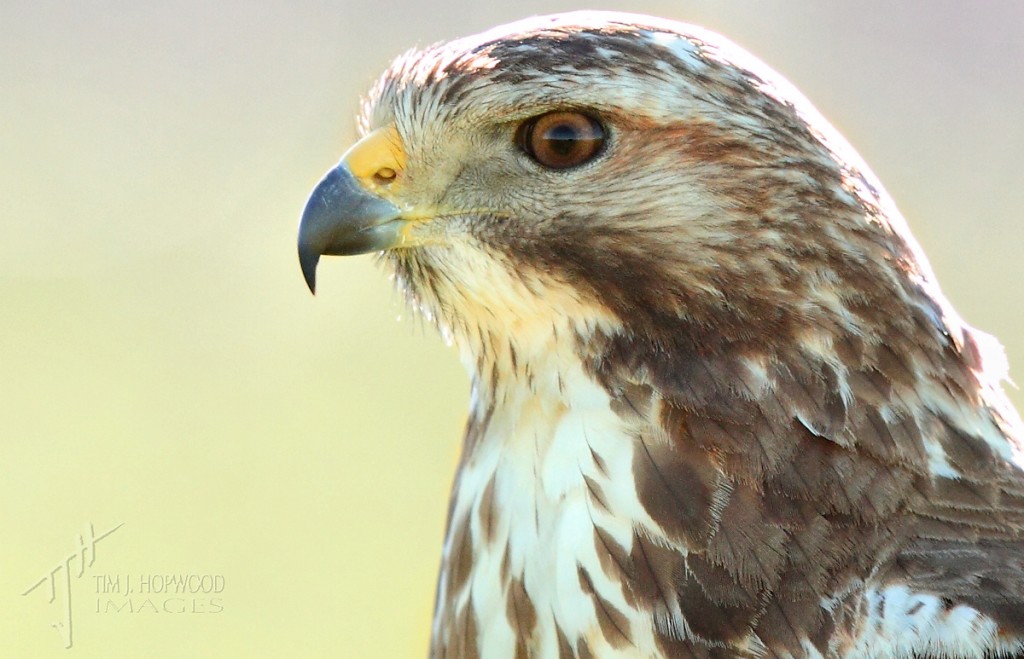
Red-tailed Hawk – an example of a shot taken on the shadow side of the road. Image is dark and colours are muted.

Swainson’s Hawk – this time, the light is close to behind me and the image brighter, more colourful and more detailed.
So tip#4: don’t spend too much time looking for subjects on the ‘shadow side’ of the road; focus your energies to the front & ‘sun lit’ side of the roads as the results will generally be much better.
And here’s a selection of some other subjects that you might come across:
(all of the shots in this post were taken from my car with a Canon 7D DSLR camera using a Canon 600mm f4L ISII lens).
Cheers for now,
Tim.



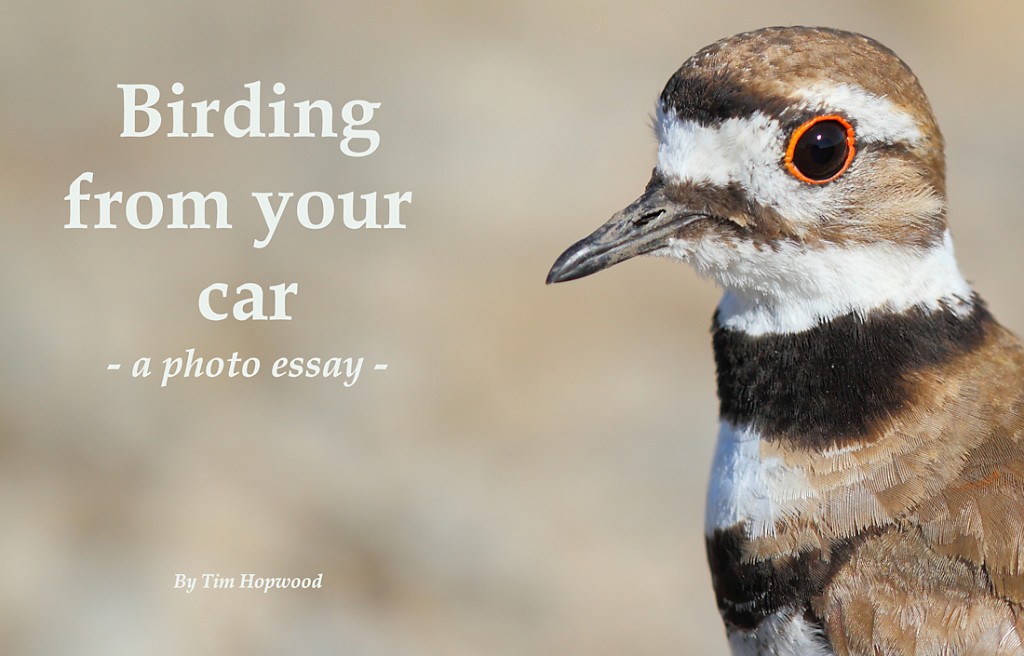

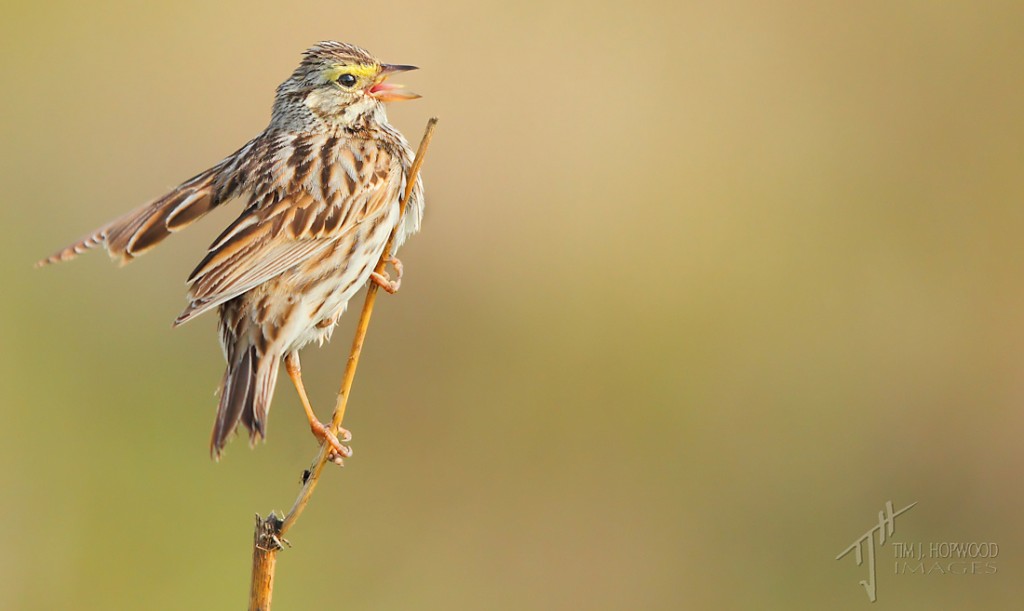
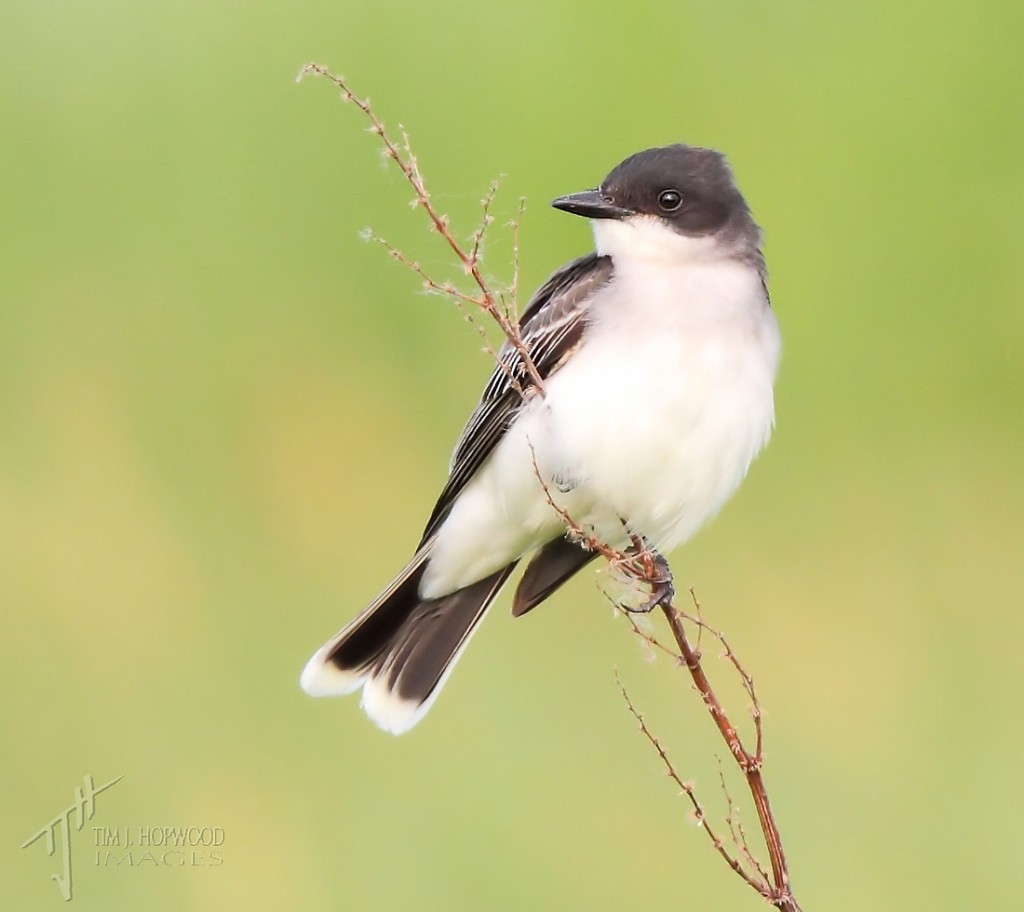
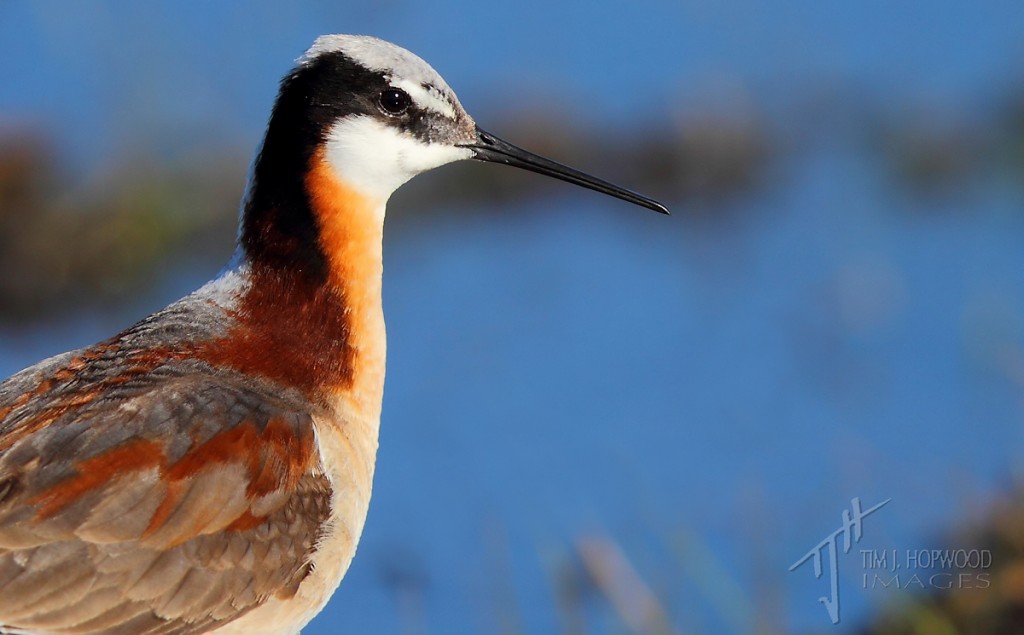

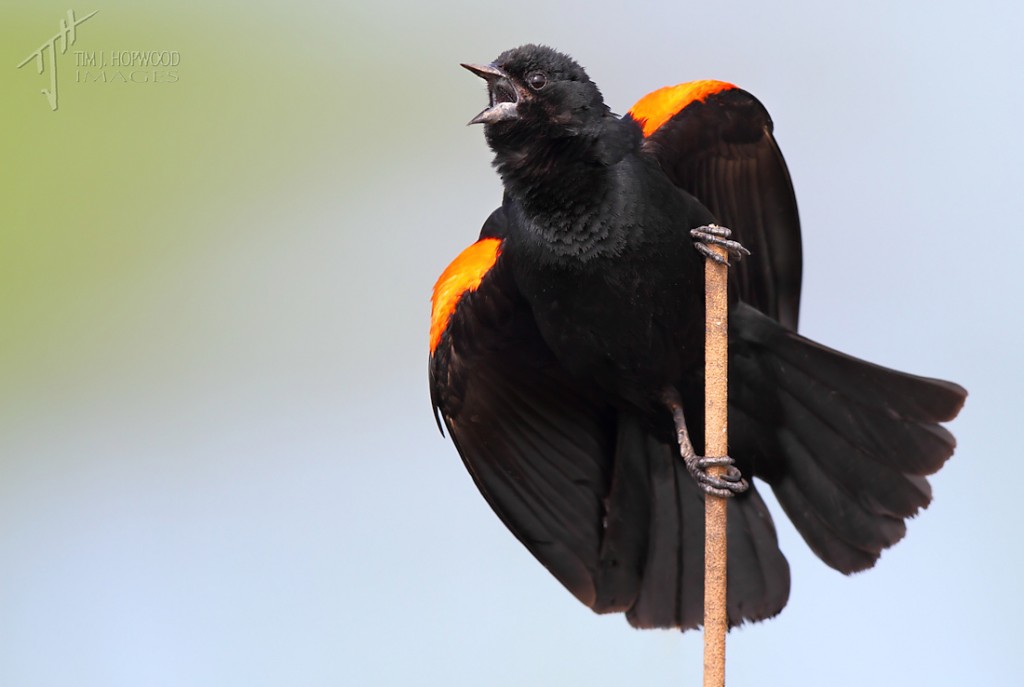
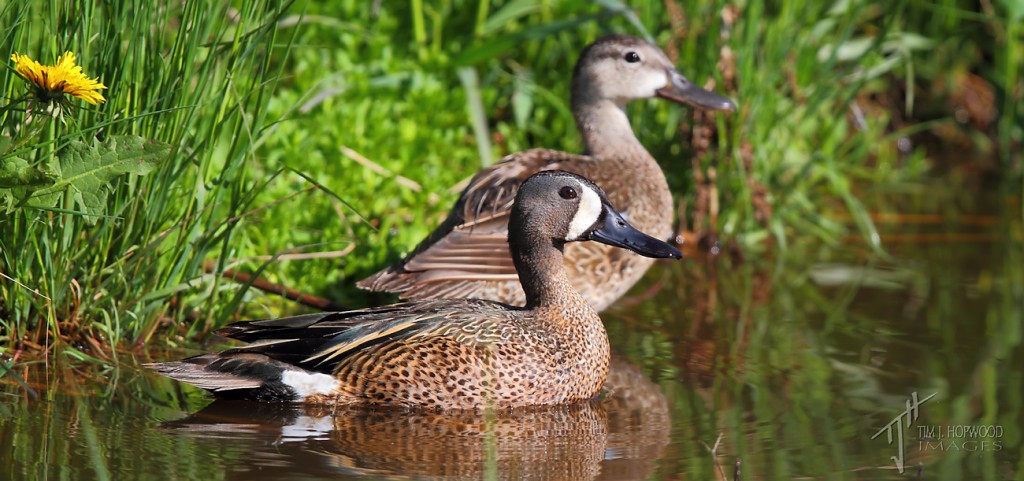
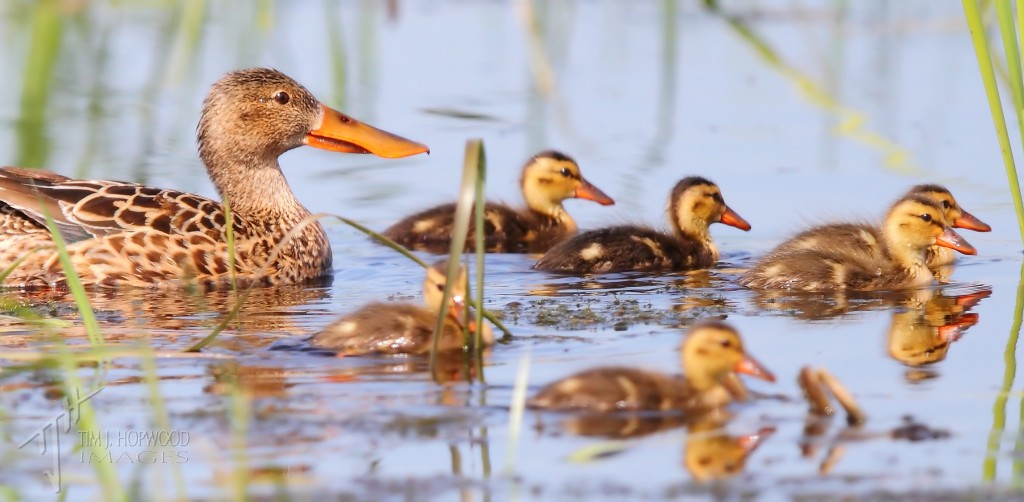
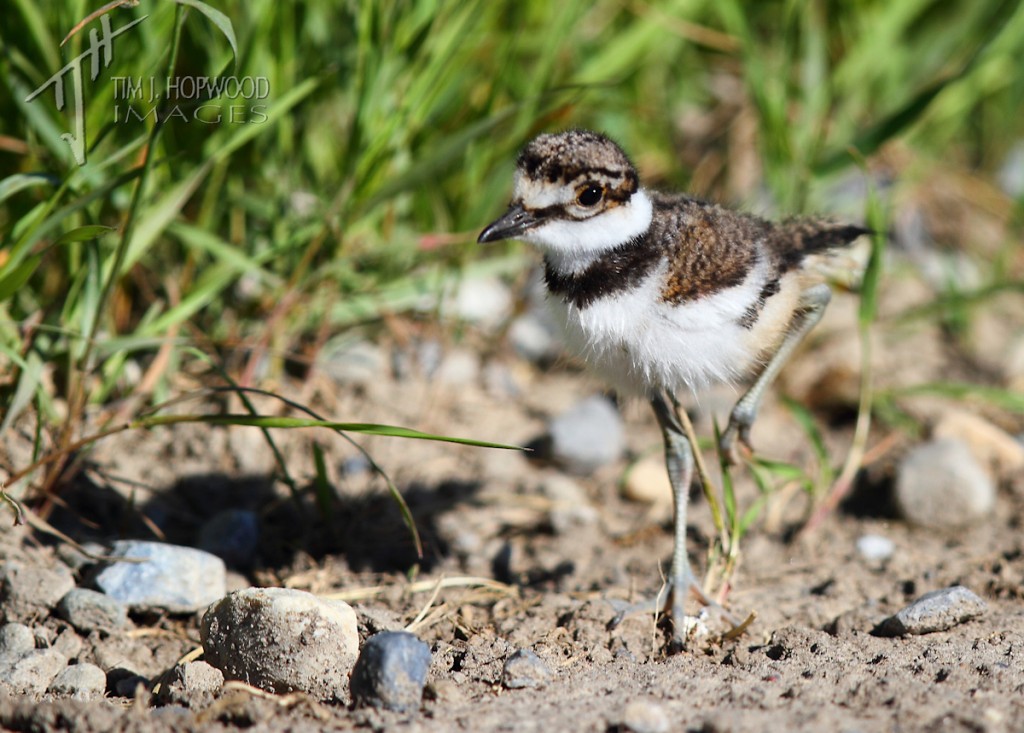
Thanks! This winter I’m finding the car to be a great blind for owls. Soon as the car door opens though off they go!
Great shots and I love the fact that someone else shoots birds from their car seat. I LOVE doing this!
Excellent photos here!!
Beautiful photos!
Thanks for your comments folks!
Scott – I like your electric RH drive idea and I want one too 🙂
Donald – I’m impressed that you’re able to get out the other side of your vehicle and with all that gear, but glad it’s working for you 🙂
Excellent advice and terrific shots, Tim. I live in rural NE Saskatchewan and also appreciate our grid road system for photography from the car. Like Donald, I use something on the window to set the lens on. In my case I use a length of foam hot water pipe insulation that handily has a lateral slit cut in it to slide the foam onto the window. The car makes a good blind. I’d love to have an electric right hand drive car just for roadside photography ; )
All good tips! I’ve photographed lots of birds right out the driver’s side window, in fact, I purchased a rifle beanbag mount that fits onto the window glass for just that purpose. I do try and limit my “window shooting” to back roads where the chance for traffic is far less. I also do digiscoping and would offer one additional tip: Get out of the car on the opposite side of where the bird is, set up the tripod and scope on that opposite side, and use the car fender to shield the tripod and just let the scope poke out above. Works for me most of the time, especially for raptors.
Stunning images, Tim!
Very nice bird portraits!
wow what a display thank you for sharing